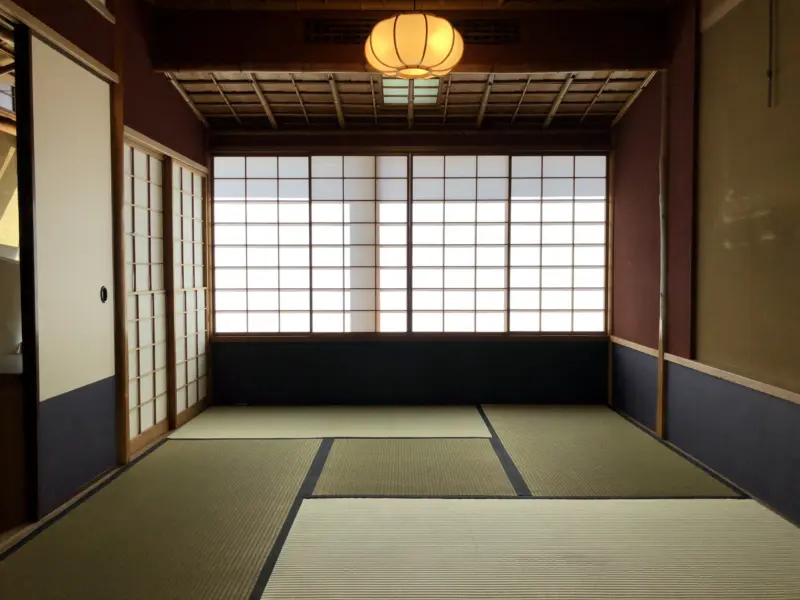
What is a Tatami Room?
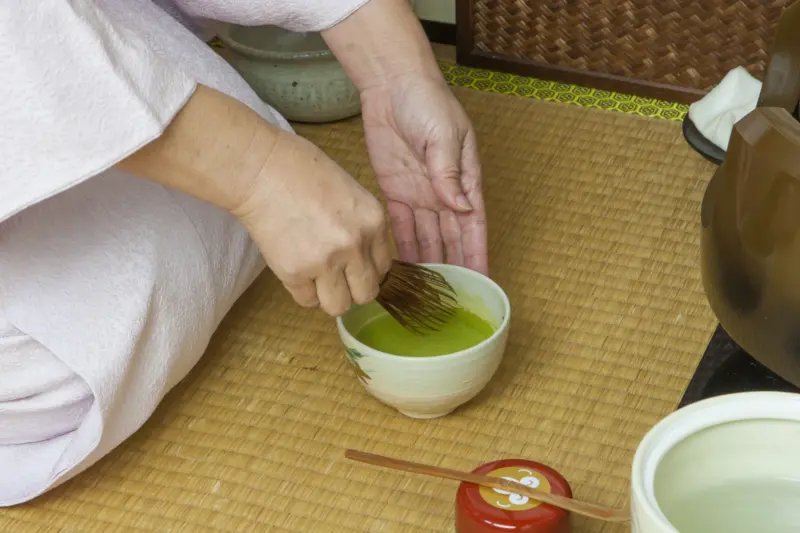
A tatami room, known as washitsu in Japanese, is a traditional space featuring tatami mats made from woven straw.
These rooms are integral to Japanese culture, offering a serene environment for relaxation, tea ceremonies, and sleeping.
The Cultural Significance of Tatami
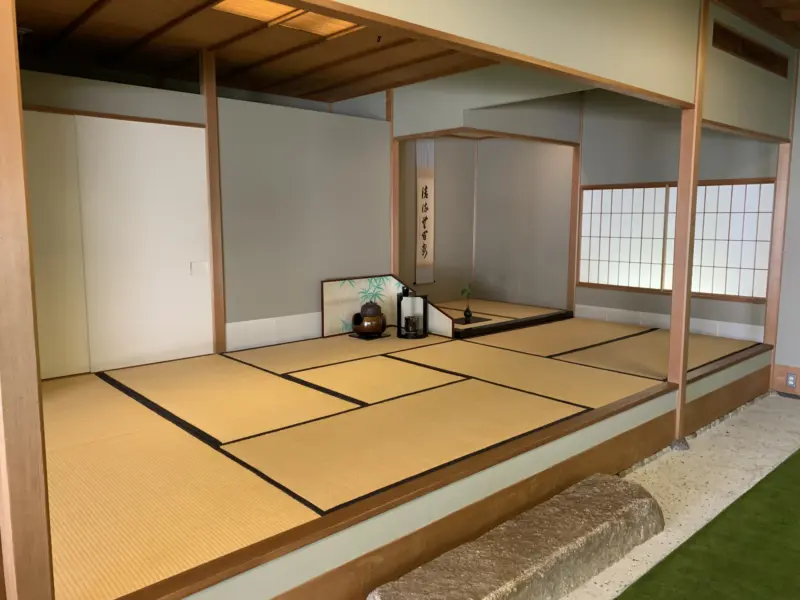
Tatami mats have been a staple in Japanese homes since the Muromachi period, symbolizing simplicity and harmony with nature.
The natural materials and earthy scent of tatami create a calming atmosphere, embodying the essence of Japanese aesthetics.
Features of a Tatami Room
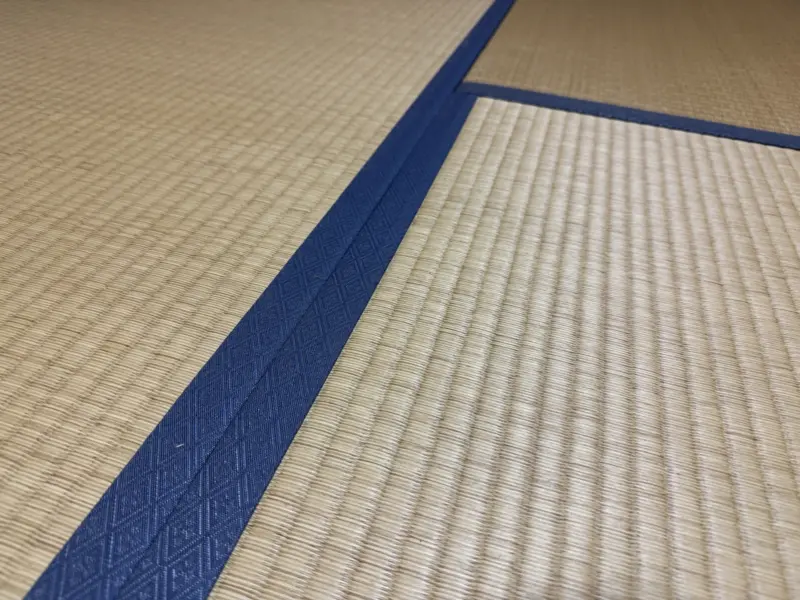
- Tatami Mats: Soft, woven straw mats that cover the floor, providing comfort and insulation.

- Shoji Screens: Sliding doors made of translucent paper, allowing natural light to filter through.
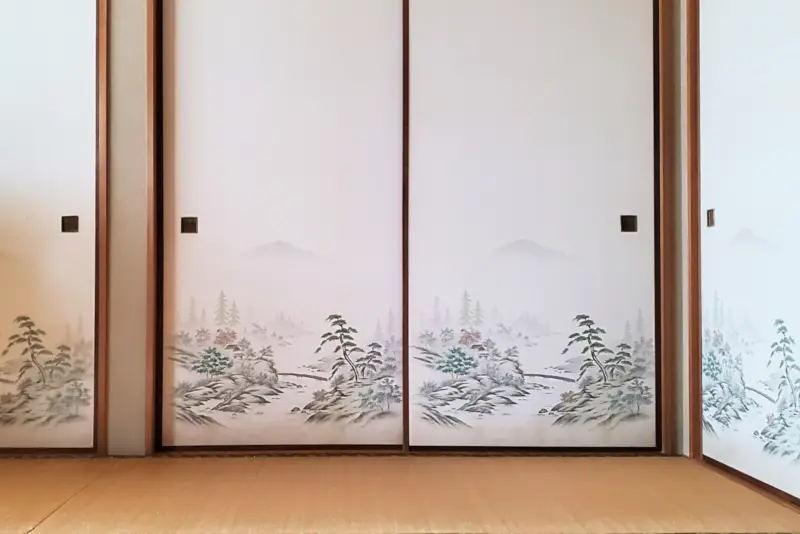
- Fusuma Panels: Opaque sliding panels used to partition spaces within the room.

- Tokonoma Alcove: A recessed space for displaying art, flowers, or calligraphy, highlighting Japanese appreciation for art and nature.
Etiquette in a Tatami Room
To fully appreciate and respect the tradition of tatami rooms, consider the following etiquette:
- Remove Shoes: Always take off your shoes before stepping onto tatami mats to maintain cleanliness and respect.
- Avoid Heavy Objects: Do not place heavy items on tatami, as they can damage the delicate weave.
- Mind the Edges: Avoid stepping on the edges of tatami mats to prevent wear and tear.
- Use Zabuton Cushions: When sitting, use provided cushions to protect the mats and for your comfort.
Experiencing Tatami Rooms in a Ryokan

Staying in a ryokan allows you to immerse yourself in the traditional ambiance of a tatami room.
From sleeping on a futon laid out on the tatami to enjoying meals in this serene setting, it’s a unique cultural experience that offers a glimpse into Japanese hospitality.
For more insights on choosing the perfect ryokan, read our Beginner’s Guide to Ryokan.
Frequently Asked Questions
Can I wear shoes in a tatami room?
No, it’s customary to remove shoes before entering a tatami room to keep the mats clean and undamaged.
How do I sit in a tatami room?
Traditional seating involves kneeling in the seiza position, but sitting cross-legged is also acceptable, especially for those unaccustomed to kneeling.
Are tatami rooms still common in Japan?
Yes, while modern homes may have fewer tatami rooms, they remain prevalent in ryokan, temples, and traditional settings.









